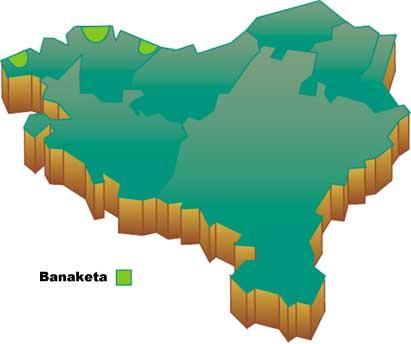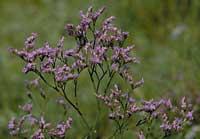Limonium of marshes

We had the opportunity to meet the family of this species when analyzing the nail of the cliffs, and this time we will focus on the complicated genus Limonium. About 400 species of this cosmopolitan genus are known, and it seems that one diversification nucleus would be located in the western regions of the Mediterranean and the other in the Asian steppes. Hybridizations are often produced among the species Limonium, which makes the changes in the characteristics of this plant multiple, that botanists also have difficulty in classifying and determining the different species.
In the peninsula, 107 different species and 138 hybrids have been classified, some of them hybrids formed between 3 different species. Circumscribing the Basque Country, 6 species and 4 hybrids are mentioned, although when classifying some species different doubts and conclusions are raised. For example, the study plant Limonium vulgare, which some botanists place within the subspecies serotinum, and others consider it:

this subspecies is limited to the Mediterranean and the South Atlantic. We must add that on the Biscayan coast a hybrid of this species is cited ( Limonium binervosum x Limonium vulgare). Given this doubt, we will classify this species in Limonium vulgare.
In general, this plant of small or medium shapes appears upright and at the base stand out its rosette-shaped leaves. In addition to being straight or slightly curved, the upper branches branch in abundance and in the latter has many flowers. The flowers are small and red-violet and keeps them between July and September.
The place of residence of this limonium are very punished marshes. Although on the coasts of Germany, England and the Atlantic has spread from Belgium to Cadiz, in Euskal Herria is a rare plant.
Finally, the persistence of the Florites makes some species go to ornamentation. On the other hand, although among us we have not had any reference on the Limonium object of study as a medicinal plant, some of the tannins that house in their rhizomes claim that they are usually used and that their edible leaves are also.
Family: plunvaginaceae |





